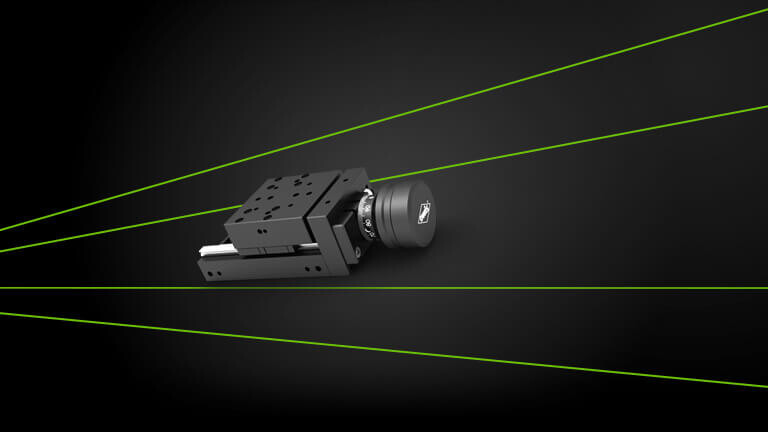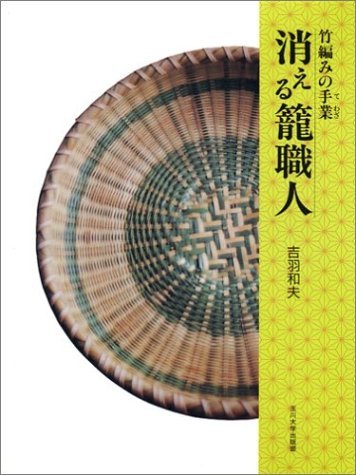
新入荷
再入荷
【公式】 Matrices Oscillation and of Vibrations Small and Kernels 数学
 タイムセール
タイムセール
終了まで
00
00
00
999円以上お買上げで送料無料(※)
999円以上お買上げで代引き手数料無料
999円以上お買上げで代引き手数料無料
通販と店舗では販売価格や税表示が異なる場合がございます。また店頭ではすでに品切れの場合もございます。予めご了承ください。
商品詳細情報
| 管理番号 |
新品 :10804268485
中古 :10804268485-1 |
メーカー | 52503ca38fa941 | 発売日 | 2025-06-28 12:20 | 定価 | 6880円 | ||
|---|---|---|---|---|---|---|---|---|---|
| カテゴリ | |||||||||













![[A12242822]指数型可解リー群のユニタリ表現―軌道の方法 (数学の杜 1) [単行本] 藤原 英徳、 関口 次郎、 西山 享; 山下 博](https://auctions.c.yimg.jp/images.auctions.yahoo.co.jp/image/dr000/auc0502/users/d4fab30473777a8019148ae00533fa27693af6d4/i-img351x500-17081924940bot6z180273.jpg)





![Y3E2-240603 レア[高等図学 (単投象面之巻) 1929年 中根孝治]標高投象](https://auctions.c.yimg.jp/images.auctions.yahoo.co.jp/image/dr000/auc0506/users/bf8cf1e1103817254b46eb5ffbb08c6fa7866d8b/i-img1200x1200-1717388094echdgs47381.jpg)













by F.R Gantmakher
AMS Chelsea 2002
ビニールシュリンクがかかったままの新本です。E02-004 基礎課程 行列・群・ベクトル 学術図書 書き込み・記名塗り潰し有り。
以下、Amazonの内容紹介を転載致します。ハイレベル問題の徹底解明 中学幾何解法 大久保俊雄 むさし書房 昭和49年 WB10。
Fifty years after the original Russian Edition, this classic Chelsea publication is finally available in English for the general mathematical audience. This book lays the foundation of what later became ``Krein's Theory of String''. The original ideas stemming from mechanical considerations are developed with exceptional clarity. A unique feature is that it can be read profitably by both research mathematicians and engineers. The authors study in depth small oscillations of one-dimensional continua with finite or infinite number of degrees of freedom. They single out an algebraic property responsible for the qualitative behavior of eigenvalues and eigenfunctions of one-dimensional continua and introduce a subclass of totally positive matrices, which they call oscillatory matrices, as well as their infinite-dimensional generalization and oscillatory kernels. Totally positive matrices play an important role in several areas of modern mathematics, but this book is the only source that explains their simple and intuitively appealing relation to mechanics. There are two supplements contained in the book, ``A Method of Approximate Calculation of Eigenvalues and Eigenvectors of an Oscillatory Matrix'', and Krein's famous paper which laid the groundwork for the broad research area of the inverse spectral problem: ``On a Remarkable Problem for a String with Beads and Continued Fractions of Stieltjes''. The exposition is self-contained. The first chapter presents all necessary results (with proofs) on the theory of matrices which are not included in a standard linear algebra course. The only prerequisite in addition to standard linear algebra is the theory of linear integral equations used in Chapter 5. The book is suitable for graduate students, research mathematicians and engineers interested in ordinary differential equations, integral equations, and their applications.